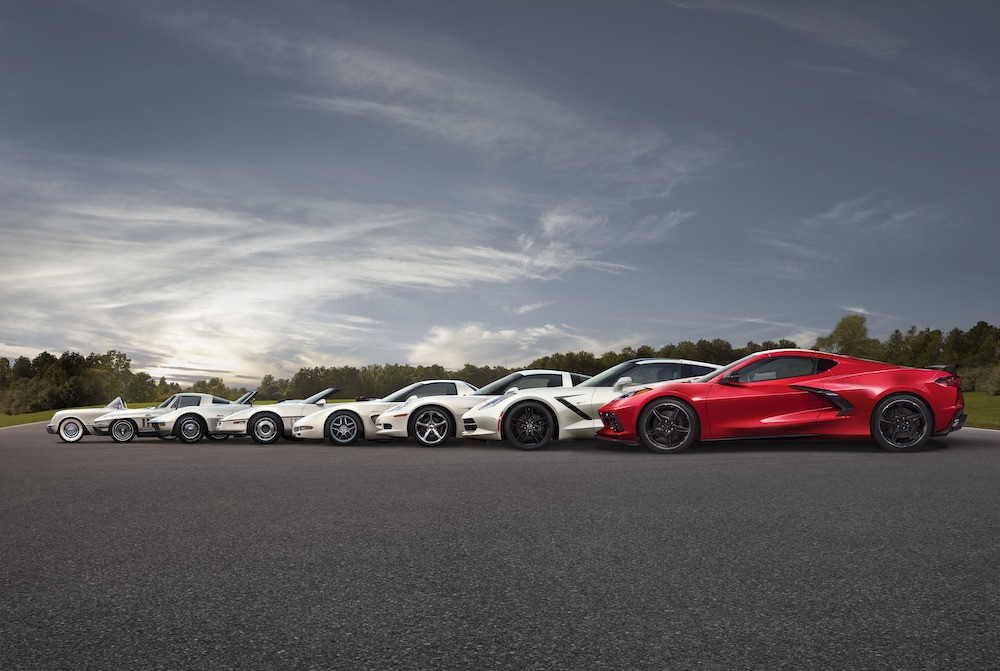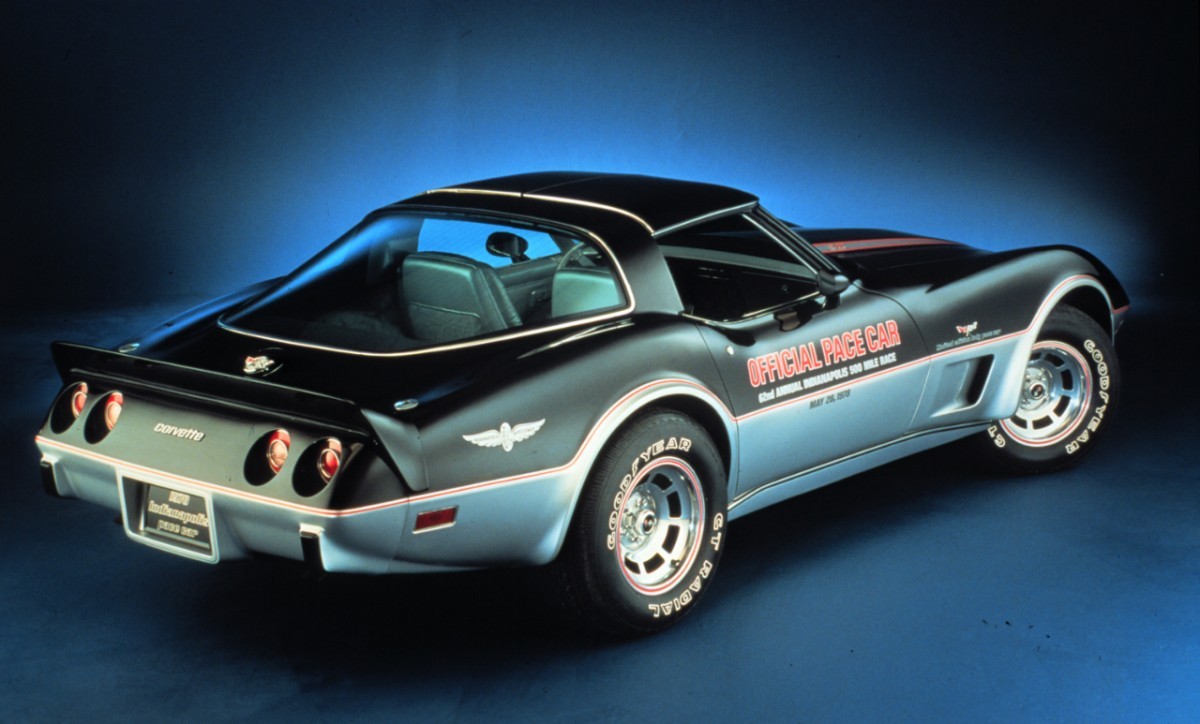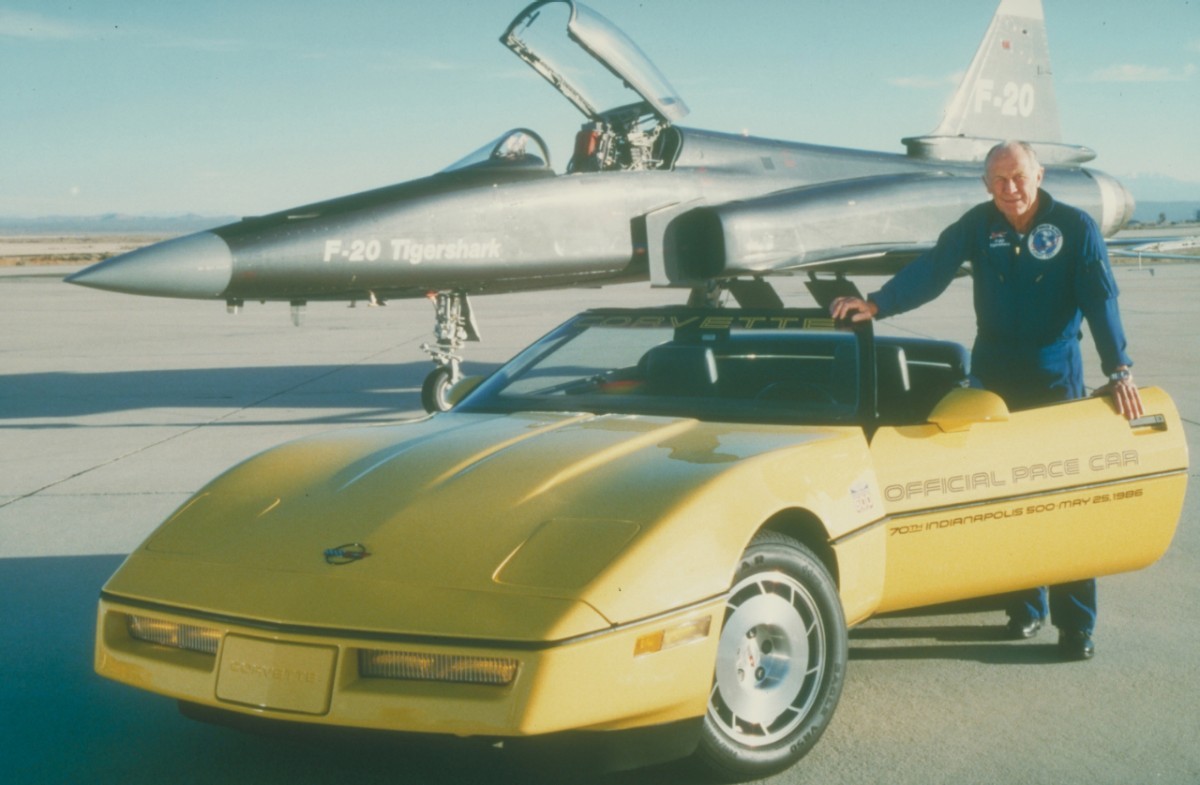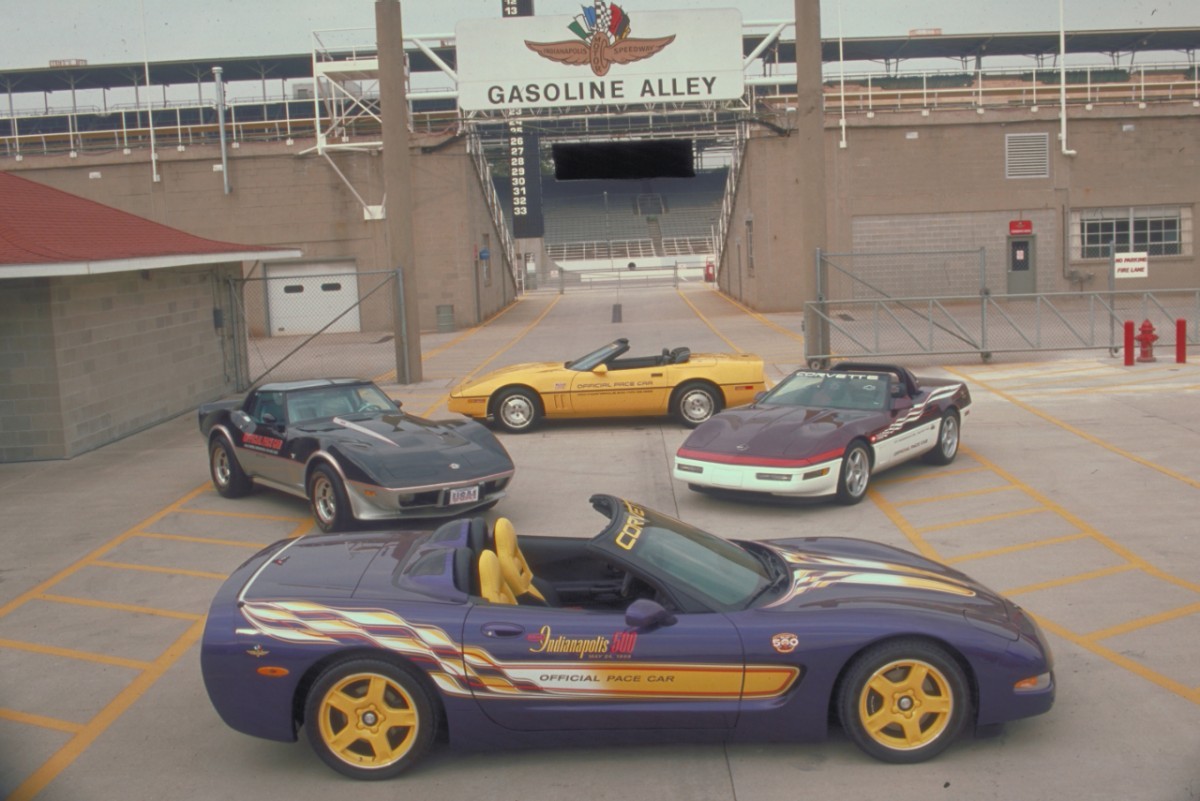The Chevrolet Corvette stands as an iconic symbol of American automotive prowess, captivating enthusiasts for generations. With each new iteration, the Corvette evolves, blending performance, style, and innovation. But when we talk about the legacy of this legendary sports car, a key question arises: which Corvette generation has truly resonated with buyers the most? It’s a complex question that goes beyond simple total sales figures, and understanding the nuances reveals fascinating insights into Corvette’s history and market appeal.
Often, you might hear whispers suggesting the C4 generation as the least loved Corvette. However, a closer look at the numbers challenges this perception. In fact, the C4 Corvette boasts impressive total sales figures, even surpassing the combined sales of the C6 and C7 generations. This sparks an interesting debate: does a shorter production lifespan hinder modern Corvettes from achieving the sales volume of their predecessors? The answer, as we’ll explore, is both yes and no.
 Every Corvette Generation: C1 -C8
Every Corvette Generation: C1 -C8
Every Corvette Generation from C1 to C8, showcasing the evolution of Chevrolet’s iconic sports car.
Total Sales vs. Annual Sales: A Generational Perspective
While total sales figures provide a broad overview, they don’t tell the whole story when comparing Corvette Generations with varying production runs. The C3 Corvette, for example, reigns supreme as the all-time best-selling generation, with a staggering 542,861 units sold. This impressive number translates to roughly 34,000 Corvettes sold annually throughout its extended production run. Such dominance is a high bar, and with current production challenges, it remains to be seen if the C8 generation can eventually eclipse this record.
 In 1978, a special edition Chevrolet Corvette C3 pace car for Indy 500 helped commemorate Corvette 25th anniversary.
In 1978, a special edition Chevrolet Corvette C3 pace car for Indy 500 helped commemorate Corvette 25th anniversary.
1978 Chevrolet Corvette C3 Pace Car Edition, commemorating Corvette’s 25th anniversary and highlighting the generation’s popularity.
The C4 Corvette, while often debated in terms of desirability, stands as the second best-selling generation in total numbers. It outperformed the C6 and C7 combined in total sales. However, when we shift our focus to average annual sales, a different picture emerges. The C7 generation, despite a shorter lifespan, achieved an annual sales rate only marginally lower than the C4. The C6, on the other hand, emerges as the more modest performer in terms of yearly sales among recent Corvette generations, averaging around 22,500 units annually. Economic factors, such as the Great Recession and GM’s bankruptcy in 2008, likely played a role in C6 sales figures.
 Retired General Chuck Yeager poses with the 1986 C4 Corvette Indy Pace Car
Retired General Chuck Yeager poses with the 1986 C4 Corvette Indy Pace Car
Retired General Chuck Yeager with a 1986 C4 Corvette Indy Pace Car, illustrating the C4 generation’s significance and public appeal.
Interestingly, the C5 generation claims the title of the best-selling modern Corvette when considering average annual sales. Over its eight-year run, the C5 moved just over 27,000 units per year. This highlights the strong market reception of the C5, which brought significant advancements and refinements to the Corvette lineage.
 1998 C5 Corvette Pace Car
1998 C5 Corvette Pace Car
A 1998 C5 Corvette Pace Car, representing the generation that achieved the highest annual sales among modern Corvettes.
In conclusion, determining the “best-selling” Corvette generation depends on how you measure success. The C3 Corvette holds the crown for total sales volume, benefiting from a long production run. However, when considering annual sales averages, the C5 generation demonstrates strong market appeal in the modern era. While the C4’s total sales are undeniably impressive, comparing annual figures provides a more nuanced understanding of each Corvette generation’s performance within its respective market context. Ultimately, each generation has contributed to the enduring legacy of the Corvette, appealing to drivers across different eras and solidifying its place in automotive history.